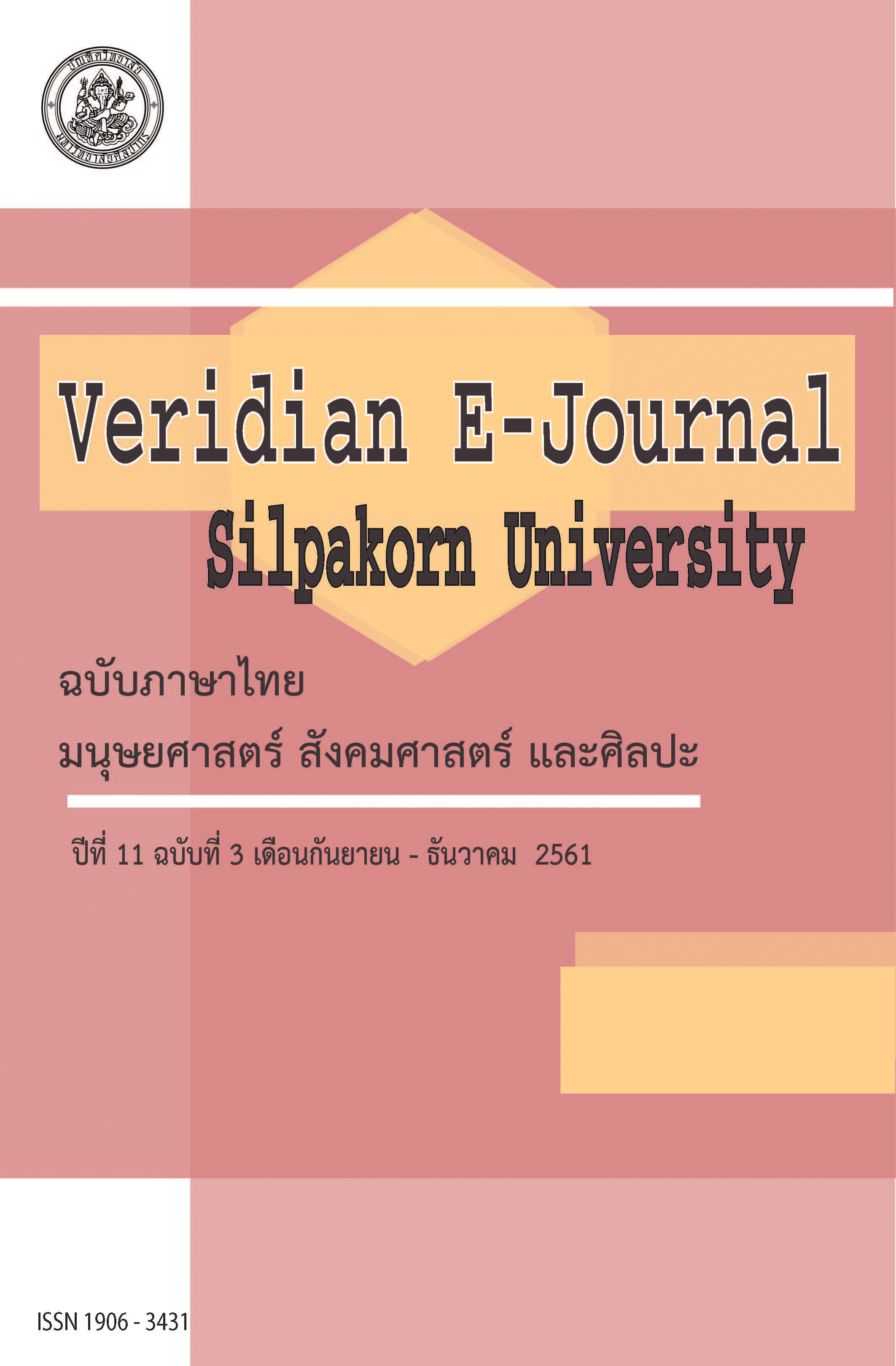โมเดลการส่งเสริมการเรียนรู้ด้านการเกษตรสำหรับเยาวชน (The Extension Model for Agricultural Learning for Youth)
Main Article Content
Abstract
การวิจัยนี้มีวัตถุประสงค์ เพื่อศึกษาการส่งเสริมการเรียนรู้ด้านการเกษตรสำหรับเยาวชน สุ่มตัวอย่างแบบเฉพาะเจาะจง จากเยาวชน ผู้สอน และผู้ปกครองของการศึกษาในระบบและการศึกษานอกระบบ คือ เยาวชนจำนวน 384 ราย ผู้สอน จำนวน 64 ราย และผู้ปกครอง จำนวน 62 ราย เก็บรวบรวมข้อมูลจากแบบสอบถาม แบบบันทึกการสนทนากลุ่ม วิเคราะห์ข้อมูลด้วยสถิติพรรณนา สถิติเปรียบเทียบ การวิเคราะห์ปัจจัย และการวิเคราะห์เชิงเนื้อหา
ผลการวิจัยพบว่า โมเดลการส่งเสริมการเรียนรู้ด้านการเกษตรสำหรับเยาวชน เริ่มต้นจากการกำหนดวัตถุประสงค์ของการส่งเสริมด้านการเกษตร โดยมีทรัพยากรบุคคล เทคโนโลยี การจัดการความรู้ด้านการเกษตร การสนับสนุนจากผู้สอนและผู้ปกครองเป็นปัจจัยนำเข้า ผ่านกระบวนการยอมรับนวัตกรรม โดยใช้หลัก PSMMCY เป็นกรอบในกระบวนการถ่ายทอดความรู้ ได้แก่ หลักการเรียนรู้ (Principles : P) ผู้ส่งสาร (Sender : S) ตัวสาร (Message : M) วิธีการเรียนรู้ (Method : M) และช่องทางการเรียนรู้ (Channel : C) ไปยังเยาวชนผู้รับ (Youth : Y) เพื่อให้เยาวชนมีความรู้ด้านการเกษตร มีเจตคติที่ดีต่ออาชีพเกษตรและสามารถนำไปปรับใช้ในชีวิตประจำวันหรือใช้ประกอบอาชีพได้ ส่งผลให้เกิดการพัฒนาการเกษตรอย่างยั่งยืน ในด้านสังคมและวัฒนธรรม ด้านเศรษฐกิจ และด้านสิ่งแวดล้อม ส่วนสำคัญของโมเดล คือ การถ่ายทอดความรู้ไปสู่เยาวชนผ่านหลักการสื่อสาร ทั้งในส่วนของผู้ผู้ส่งสารหมายถึงผู้สอน ตัวสารซึ่งหมายถึงความรู้ที่ผู้สอนต้องการส่งให้แก่เยาวชนหรือผู้รับ และช่องทางที่เยาวชนจะได้รับทราบถึงความรู้ เพื่อให้มีการศึกษาพัฒนาความรู้ด้านการเกษตรต่อไป
The objectives of this research were to study the extension of agricultural learning for youth. Purposive sampling was used to get the population from 394 youths, 64 teachers, and 62 parents of education in the formal and non-formal education settings. Data was collected by using questionnaire and focus group discussion and was analyzed by descriptive statistics, comparative statistics, factor analysis, and content analysis.
The study found out that the extension model for agricultural learning for youth started from determining the objectives of the extension which would be done by human resources, technology, knowledge management of agricultural, teacher and parents support as an input factor through the innovative adoption processes by using the PSMMCY principle as a framework for knowledge transfer process that includes: principle of learning (P), Sender (S), Message (M), Method (M) and Channel (C) to the receiver Youth (Y) to provide youth with knowledge of agriculture, to have a good attitude towards agriculture, and to be able to use the knowledge in their daily life or work. This resulted in the sustainable agricultural development of social and cultural, economic and environment. The significance of this model was to pass on the knowledge to the youth through communication principles among the sender, who was the agricultural extension teacher; the message, which referred to the knowledge that agricultural extension teacher would like to impart to the youth;and the channel which allowed the youth to receive the knowledge for further study the agricultural development knowledge.
